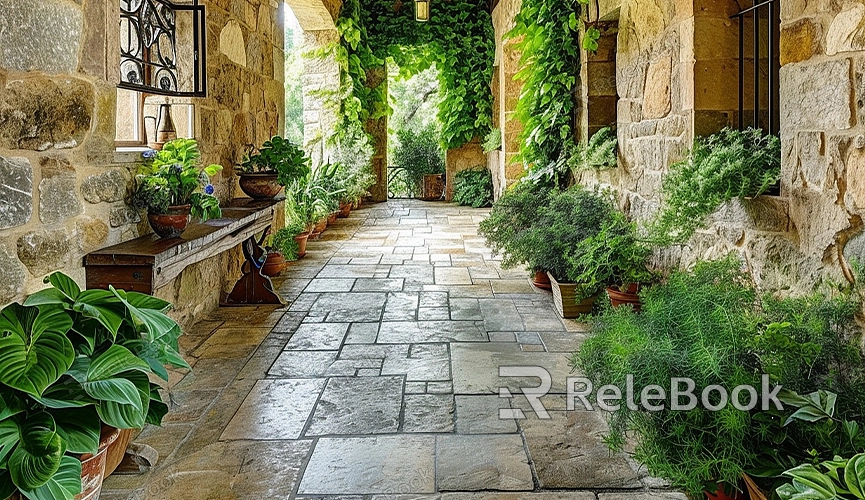Blender invert texture
In Blender, texture inversion is a commonly used technique that involves reversing the colors or brightness of a texture to create a completely different visual effect from the original texture. This technique aids artists and designers in emphasizing specific details through contrast and creating entirely new visual experiences. In Blender, the method for inverting textures involves creating an "Invert" node in the node editor. Connect the color output of the texture image you want to invert to the input of the "Invert" node. Connect the output of the "Invert" node to the "Base Color" or other relevant properties of the texture. Adjust the node connections and parameters to ensure the inversion effect is applied to the texture. By adding an "Invert" node and connecting it to the texture node, you can perform color inversion operations on the texture in the node editor. This method reverses the color values in the texture image, producing an effect different from the original texture. Here are several examples of applying texture inversion, so let's take a look together.

1. Texture Inversion for Magical Forest Trees
When creating a magical forest scene, inverting the texture of the trees can produce a fantastical visual effect. Each tree seems to belong to a fairy tale world, adding an air of mystery to the entire forest.
2. Building Facade Inversion in Futuristic Tech City
In designing a futuristic tech city, inverting the texture of building facades can showcase technological lines and lighting effects. Each building exudes a futuristic atmosphere, making the entire city feel advanced.
3. Chocolate River Inversion in Candy Wonderland
In crafting a dreamy candy wonderland scene, inverting the texture of the chocolate river creates an enticing visual effect. Every drop of chocolate appears as a smooth candy, making the entire wonderland more delicious and tempting.
4. Terrain Morphology Inversion on Alien Planet
When designing a scene on an alien planet, inverting the texture of terrain morphology can present a surreal effect. Every contour of the terrain is filled with an unknown sense of mystery, making the alien planet appear more mysterious and distant.
5. Texture Inversion for Unknown Objects in Sci-Fi Film
When creating scenes for a sci-fi film, inverting the texture of unknown objects can produce otherworldly effects beyond imagination. Every surface is filled with unknown technological textures, enhancing the visual appeal of the film scene.
6. Time Texture Inversion in Time Tunnel
In designing a time tunnel scene, inverting the texture of time creates a sense of temporal distortion. Each layer of time intertwines, making the entire tunnel feel wondrous with the interplay of space and time.
7. Road Surface Inversion on Race Track
When crafting a racecar scene, inverting the texture of the road surface on the racetrack creates a sense of high-speed racing. Every piece of road seems to be rapidly contracting backward, adding dynamism and speed to the race scene.
8. Ore Texture Inversion in Fantasy Crystal Cave
When designing a fantasy crystal cave, inverting the texture of ores creates a vibrant and colorful effect. Every piece of ore appears to emit a dreamy glow, filling the entire cave with mysterious hues.
Through these vivid scene examples, you can better understand how to use texture inversion in Blender. If you need many high-quality 3D textures and HDRI, you can download them from Relebook and import the textures directly into your models after downloading.

